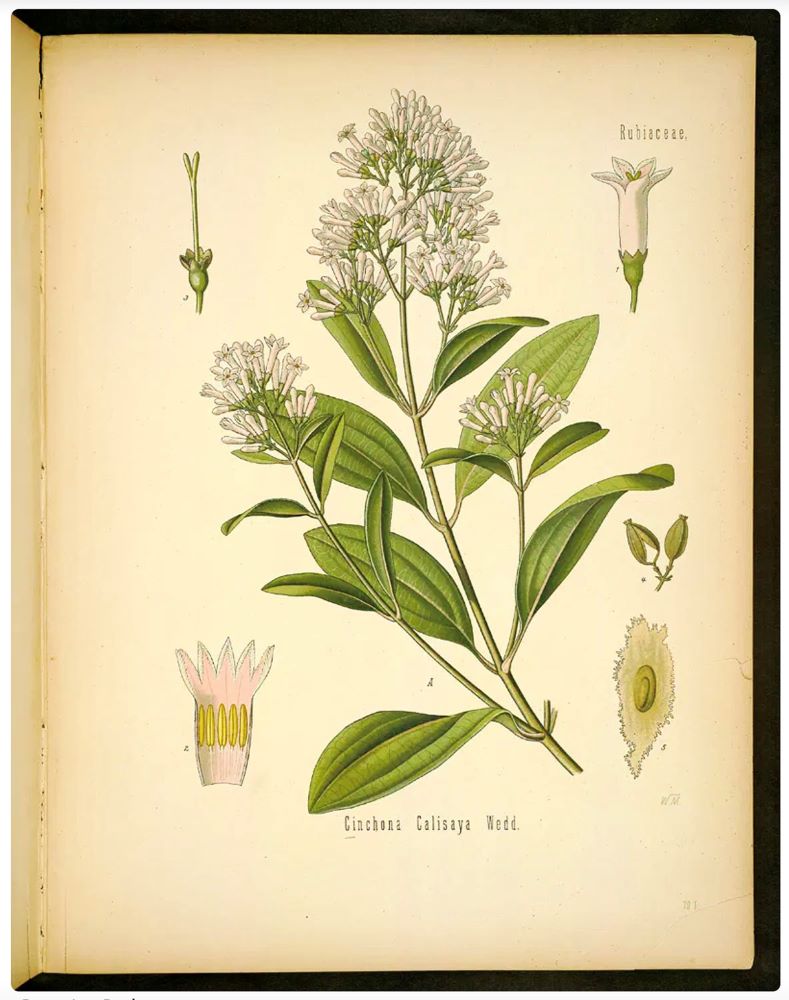Hidden Histories, Historical Marker Resource
The Trustees’ Garden

This Hidden History was created by SCAD student Amanda Bennett as part of her SCAD art history department coursework, with guidance from art history professor Holly Goldstein, Ph.D., in 2022.
The Trustees' Garden historical marker was dedicated in 1952. View The Trustees' Garden historical marker listing.
Gallery
Figure 1 – Georgia Historical Society Trustees’ Garden Marker, 2022, courtesy of Amanda Bennett
Figure 2 – Reasons for Establishing the Colony of Georgia, 1733, William Reese Company, https://www.williamreesecompany.com/pages/books/WRCAM53233/benjamin-martyn/reasons-for-establishing-the-colony-of-georgia-with-regard-to-the-trade-of-great-britain-the
Figure 3 – John Haynes’ Survey of the Apothecaries’ Physic Garden at Chelsea, 1751, Botanical Arts and Artists, https://www.botanicalartandartists.com/botanic-gardens-london.html
Figure 4 – The Worshipful Society of Apothecaries of London Official Blazon, https://www.heraldry-wiki.com/heraldrywiki/wiki/Worshipful_Society_of_Apothecaries
Figure 5 – Peruvian Bark Botanical Illustration (also known as Jesuit’s Bark), F.E. Kohler Medizinal-Pflanzen, https://www.georgiaencyclopedia.org/articles/history-archaeology/trustee-garden/
Figure 6 – Map of the County of Savannah, 1740, Hargrett Rare Book and Manuscript Library, University of Georgia Libraries, Athens
Figure 7 – De Brahms Map of Savannah, Date Unknown, Georgia Historical Society Archives
Figure 8 – American Institute of the History of Pharmacy Trustees’ Garden Commemorative Plaque, 2022, courtesy of Amanda Bennett
Figure 9 – Artist Creative Component, 2022, courtesy of Amanda Bennett
My Connection
The Trustees’ Garden, as an outdoor laboratory dedicated to the purpose of agricultural experimentation, is important to me as an artist and graduate student in the SCAD Fibers department. I have a deep connection to nature and to materiality, and I am currently investigating ways to cultivate new ecologically-responsible materials. My process involves countless experiments mixing polymers, natural dyes, and other earthen materials through a series of tests, failures and modifications before I can determine whether material success has been achieved. Whether a contemporary artist or an 18th century gardener at the Trustees’ Garden, the same rules can be applied to any experiment: listen to and observe your environment, understand the properties of your materials, acknowledge climatic variables, be ready to adapt and, most importantly, never lose sight of your vision even when challenges arise. Perceived failure can lead to unimagined success.
My Artwork
My artwork honors the ambitious vision of the Trustees to grow “curious herbs” by creating an embroidered botanical sketch representing three of the important plants: Jalap, Jesuit’s Bark, and Contrayerva (Figure 9). I have chosen to represent the plants in outline form, revealing an illusion of presence to remind us that even though the Trustees’ Garden did not become a thriving medicinal garden, it remains an important legacy of the Trustees apothecary dreams.
Dorner, Zachary. “From Chelsea to Savannah: Medicines and Mercantilism in the Atlantic World.” Journal of British Studies, Vol. 58, No. 1 (2019): 28-57.
Gordon, Maurice Bear. Aesculapius Comes to the Colonies, the Story of the Early Days of Medicine in the Thirteen Colonies. Ventnor, NJ: Ventnor Publishers, 1949.
Hart, Bertha Sheppard. “The First Garden of Georgia.” The Georgia Historical Quarterly, December 1935, Vol. 19, No. 4: 325–32.
Holland, James W. “The Beginning of Public Agricultural Experimentation in America: The Trustees’ Garden in Georgia.” Agricultural History, July 1938, Vol. 12, No. 3: 271-298.
Johnston, Edith Duncan. “Dr. William Houstoun, Botanist.” The Georgia Historical Quarterly, December 1941, Vol. 25, No. 4: 325-339.
Jones, George Fenwick. “Commissary Von Reck’s Report on Georgia.” The Georgia Historical Quarterly, March 1963, Vol. 47, No. 1: 95-110.
National Gallery of Art, “History of Early American Landscape Design, Trustees’ Garden,” accessed on May 8, 2022, https://heald.nga.gov/mediawiki/index.php/Trustees%E2%80%99_Garden.
New Georgia Encyclopedia, “Trustee Garden,” published October 6, 2016, accessed on May 2, 2022, https://www.georgiaencyclopedia.org/articles/history-archaeology/trustee-garden/.
Stewart, Mart A. “Policies of Nature and Vegetables”: Hugh Anderson, The Georgia Experiment, and the Political Use of Natural Philosophy.” The Georgia Historical Quarterly, Fall 1993, Vol. 77, No. 3: 473-496.
Sweet, Julie Anne. “A Misguided Mistake: The Trustees’ Public Garden in Savannah, Georgia.” The Georgia Historical Quarterly, Spring 2009, Vol. 93, No. 1: 1-29.
The Royal Hospital of Chelsea, “Apothecaries and Physic Gardens: An Early History of the Royal Hospital’s Grounds,” published on October 23, 2020, accessed on May 14, 2022, https://www.chelsea-pensioners.co.uk/news/apothecaries-and-physic-gardens-early-history-royal-hospital%E2%80%99s-grounds.
Whittet, T.D. “Botanic Garden of the trustees of the Georgia Colony at Savannah.” The Pharmaceutical Journal, December 24 and 31, 1983.
Wilson, Robert Cumming. Drugs and Pharmacy in the Life of Georgia, 1733-1959. Athens: University of Georgia Press, 1959.
